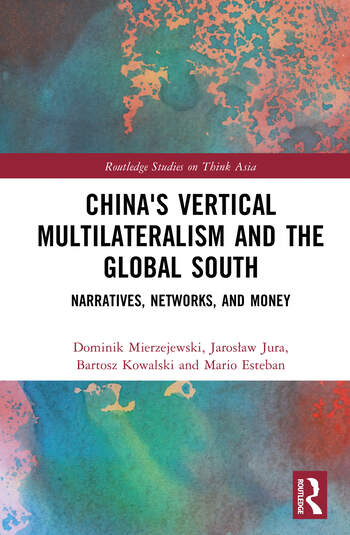
The authors investigate how China manages selected formats of multilateral cooperation – such as China-ASEAN, the Forum on China-Africa Cooperation (FOCAC), cooperation with Central and Eastern Europe, and China-CELAC – and whether it pursues a unified strategy or adapts its approach to specific regions. The volume highlights four key practices of Chinese diplomacy: narrative power, elite diplomacy, public opinion engagement and economic influence.
The book demonstrates that China's approach is predominantly bilateral and informal, enabling it to maintain a dominant position within various formats and exploit divisions among partners. While the cooperation networks appear non-intrusive, they actually reinforce China’s role as the principal decision-maker. Comparative analyses of China’s engagement with countries such as Brazil, Cambodia, Chile, Kenya, Poland, Serbia, South Africa and Thailand are included, with reference to contemporary international tensions – such as the COVID-19 pandemic crisis, the centralisation of power in China and the war in Ukraine.
This publication is aimed at researchers in international relations, Asian politics, Global South studies and Chinese political and economic studies.
